The Only Diffuser You Ever Need to Own
Diffusion is the process through which essential oils are dispersed into the air to be inhaled, allowing people to feel their benefits. The earliest method for diffusion was through heat diffusion, where heat encourages the essential oils to evaporate and spread through the air. Diffusion still is the best way to experience the benefits of essential oils, although we have come a long way since the first diffusion methods. There are a lot—some would say too many—options for diffusers in the market today. Read on to discover the diffuser that trumps all other diffusers—the Nebulizing Diffuser.
What Is A Nebulizing Diffuser?
A Nebulizing Diffuser is a relatively new method for diffusing essential oils. This type of diffuser uses pressurized air to diffuse essential oils instead of heat or water. The pressurized air turns the essential oil into microparticles, then pushes them out of the diffuser and into the air. So, what you inhale is the pure essential oil microparticles, meaning you get their full, unaltered benefits.
What Are The Benefits Of Using A Nebulizing Diffuser?
- The Nebulizing Diffuser offers these benefits:
- Require little power or electricity to disperse essential oil into a large area.
- Disperses undiluted, unaltered microparticles of essential oils, which are more potent.
- Efficiently deodorizes a large area.
- Has a timer—turns off automatically.
- Ultra-quiet, so you can leave it on comfortably at night.
- Sleek design.
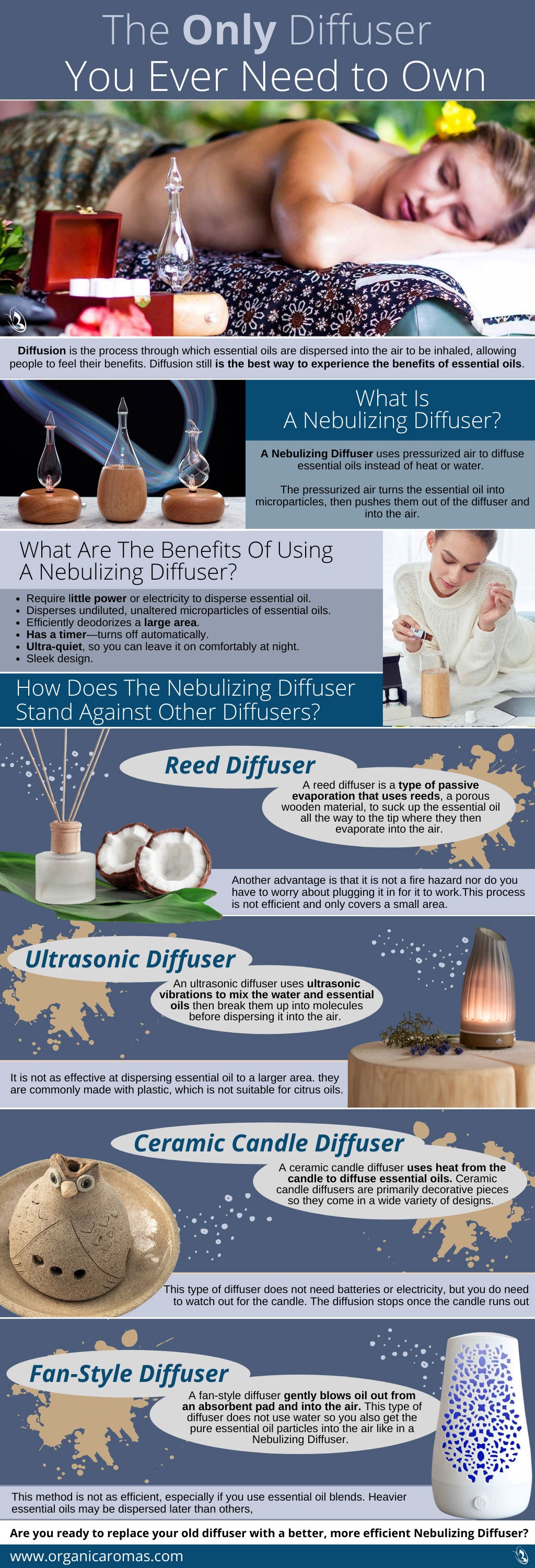
How Does The Nebulizing Diffuser Stand Against Other Diffusers?
You now know how a Nebulizing Diffuser works and the benefits it offers. But how does it fare against other diffusers in the market?
Reed Diffuser
A reed diffuser is a type of passive evaporation that uses reeds, a porous wooden material, to suck up the essential oil all the way to the tip where they then evaporate into the air. A reed diffuser does not use electricity, so it quietly diffuses essential oils into the air all day as long as there is essential oil in the container.
A reed diffuser does manage to maintain a fresh fragrance since it continuously diffuses essential oil. Another advantage is that it is not a fire hazard nor do you have to worry about plugging it in for it to work. However, this process is not efficient and only covers a small area. Unlike the Nebulizing Diffuser on which you can control the intensity of the fragrance emitted and can cover a large area. Furthermore, since you can’t stop a reed diffuser from diffusing essential oil, you may end up wasting essential oil on days or hours when you are not home.
Ultrasonic Diffuser
An ultrasonic diffuser uses ultrasonic vibrations to mix the water and essential oils then break them up into molecules before dispersing it into the air. An ultrasonic diffuser, thus, releases essential oil-infused vapor or mist that humidifies while it deodorizes.
Because an ultrasonic diffuser dilutes the essential oil with water, the scent that it emits is not as strong as that of a Nebulizing Diffuser. You may find yourself using up to 20 drops of essential oil to get a satisfying fragrance. It is also not as effective at dispersing essential oil to a larger area because it relies mostly on the air current to disperse the mist it releases. Furthermore, the ultrasonic diffuser is not ideal for humid days.
Another important con of using ultrasonic diffusers is that they are commonly made with plastic, which is not suitable for citrus oils. Citrus oils can break down plastic, so it increases the risk of having plastic particles dispersed along with the mist.
Ceramic Candle Diffuser
A ceramic candle diffuser uses heat from the candle to diffuse essential oils. Ceramic candle diffusers are primarily decorative pieces so they come in a wide variety of designs, but they do accomplish the job of releasing the scent of essential oils in a room.
This type of diffuser does not need batteries or electricity, but you do need to watch out for the candle. The diffusion stops once the candle runs out; similarly, if you run out of essential oil, you may smell a burning scent. The ceramic candle diffuser is meant to withstand heat, so you can easily wash off burnt areas. However, this type of diffuser is still a fire hazard, so it should not be left on its own for a long time, such as at night.
Fan-Style Diffuser
A fan-style diffuser gently blows oil out from an absorbent pad and into the air. This type of diffuser does not use water so you also get the pure essential oil particles into the air like in a Nebulizing Diffuser. However, this method is not as efficient, especially if you use essential oil blends. Heavier essential oils may be dispersed later than others, resulting in an unequal fragrance.
Are you ready to replace your old diffuser with a better, more efficient Nebulizing Diffuser?
Pin It!
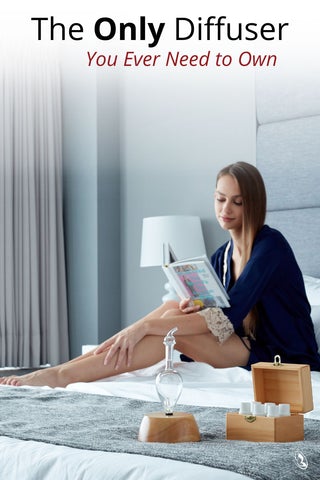
-
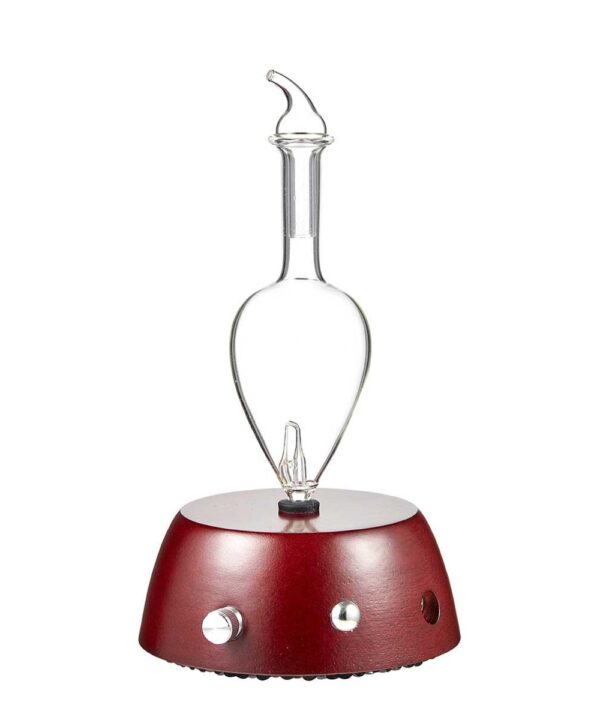
Elegance – Nebulizing Diffuser®
$98.00Select options This product has multiple variants. The options may be chosen on the product page -
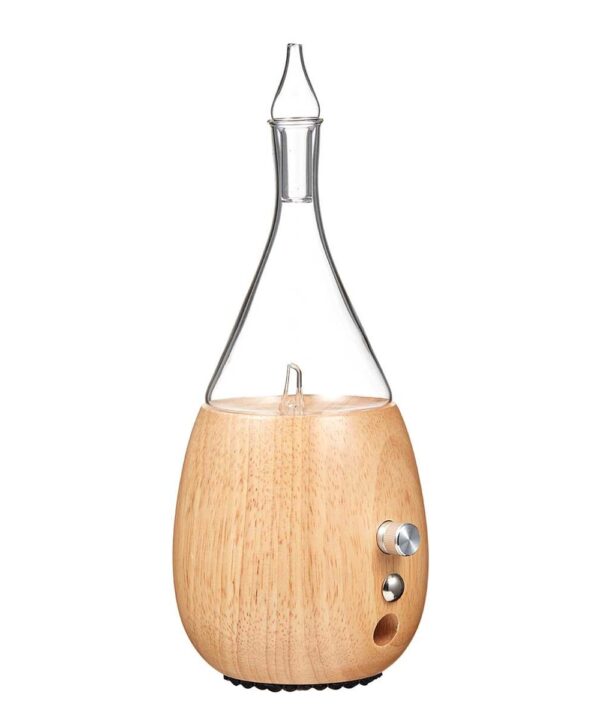
Raindrop – Nebulizing Diffuser®
$98.00Select options This product has multiple variants. The options may be chosen on the product page -
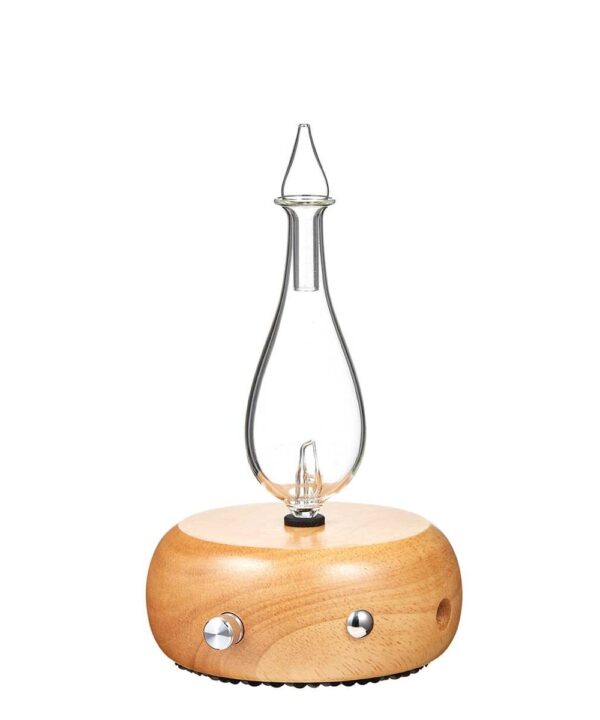
Magnificent – Nebulizing Diffuser®
$98.00Select options This product has multiple variants. The options may be chosen on the product page -
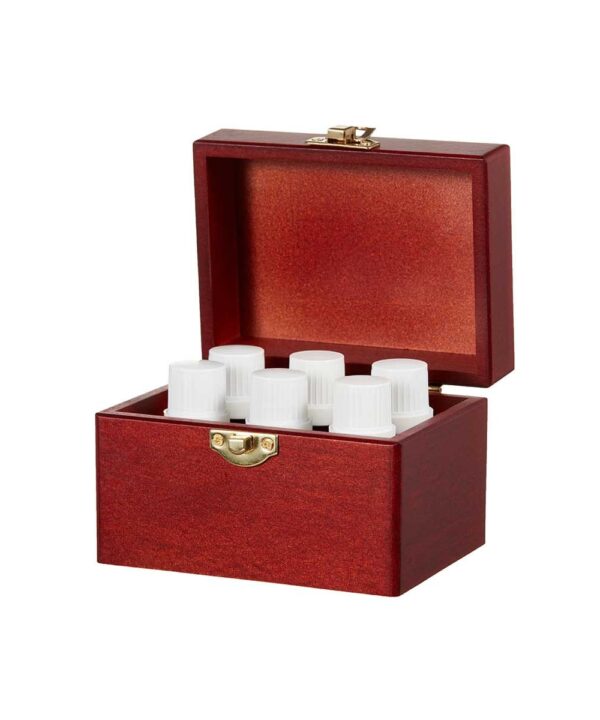

Essential oil are really best for the pain relief. I am using it for many years.
mycamia.com
Organic aromas have the best nebulizers.
Would love to try these. Look so beautiful.
Essential oils are just that ,Essential for wellness and health.
My comments for a giveaway entry
Love the design!
The article was great.
very interesting
I’ll have to check this out.
these truely are so beautiful! elegant and stunning
Really love the design of this!
Keen to give one of these a go
Everything here its very informative.. everyone should read it !
good
I did not know it and I was delighted to know how it works, thanks
I have to try this!
Time to buy this! Thanks.
Amazing diffuser for practical use. Really nice.
Love the ceramic owl!
These looks so good! I could use a new diffuser.
sounds great, I’ll have to give it a try
I need to get a diffuser
Elegant designs
Beautiful design Great diffuser
I’ve never had a diffuser before, Maybe it’s time to try one!
I would love to try the Nebulizing Diffuser
I have been thinking about getting a diffuser. This diffuser sounds great.
I’ve been watching videos on this diffuser and it looks gorgeous but also looks so relaxing
I’m definitely going to look in to these they look and sound fantastic
I think that the Nebulizing Diffuser sounds great!
i like that it requires little power or electricity
I love the design, thanks for the article.
this sounds brilliant
Thanks for sharing the pros and cons to different types of oil diffusers. I currently have an ultrasonic diffuser, but I would certainly love to invest in the Nebulizing diffuser. I like that the Nebulizing diffuser is undiluted so the scent is stronger and it has a timer.
I want this I love smelling things that smell wonderful
I like the ceramic candle diffuser.
I have been wanting a diffuser lately.
I’ve been a devoted essential oil diffuser user for a while now but I think I need to upgrade to this one. It looks so camlmiing and stylish and that’s before the real benefits.
It looks very elegant
Love learning new things and a great read.
These diffusers are too cool. I would love to have one.
So want to get one to try!
This diffuser i so beautiful.
It looks really sweet
so interesting
Very unique looking
nice!
i really need to buy one of these for my daughter,it looks like a much better way of her getting the benefit of the oils she needs for her allergies
Need this for when the family comes around.
Haven’t tried yet
I love that it “diffuse essential oils instead of heat or water” i alway felt that when I added oils to water it was just nothing I never could smell it. This is a great diffuser